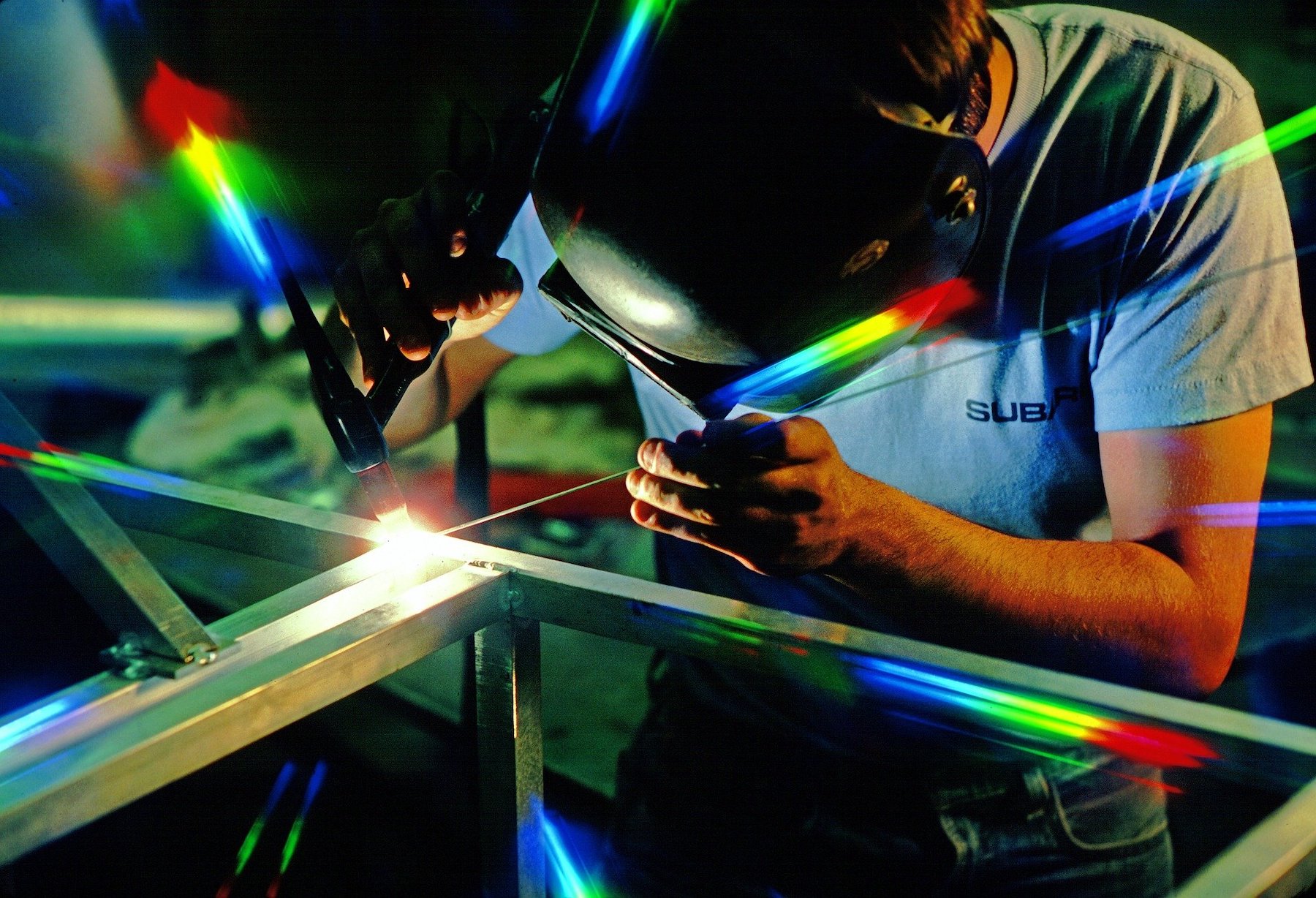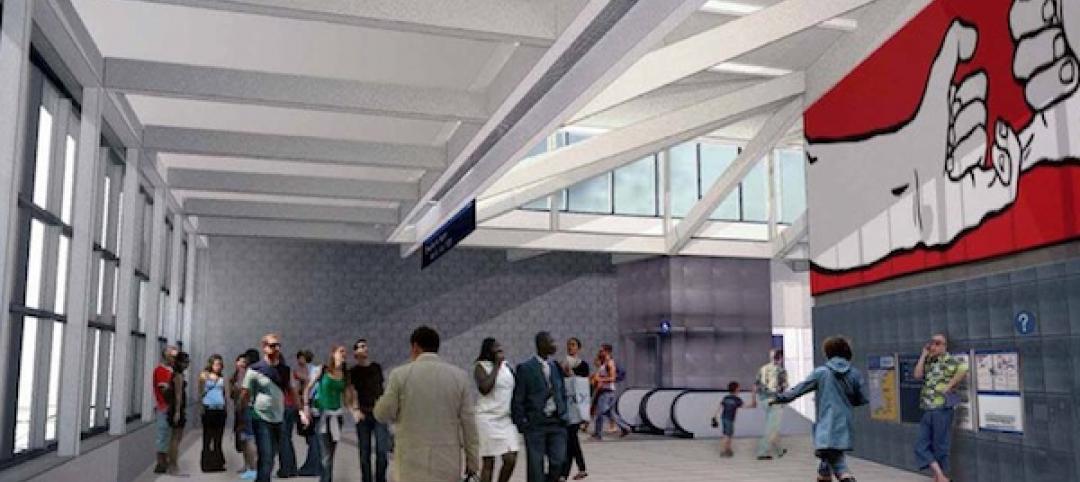The U.S. General Services Administration’s (GSA) Green Proving Ground program, in collaboration with the U.S. Department of Energy, has selected six innovative building technologies for evaluation in GSA’s inventory.
The technologies chosen are:
CO2-Based Heat Pump by Dalrada, based in Escondido, Calif. This combustion-free heat pump, using carbon dioxide as the refrigerant, promises to increase heating and cooling efficiency while reducing global warming potential.
Solar PV Tracking by Rocking Solar, based in Monroe, Ohio. This single-axis solar tracker promises to increase commercial rooftop solar photovoltaic production by adapting a proven utility tracking technology with a new low-profile rocker design that reduces friction, motor size, and the cost of sun-tracking.
Non-Metalized Window Film by 3M based in St. Paul, Minn., and NGS, based in Atlanta, Ga. This non-metalized window film promises to increase window thermal performance with increased durability, reduced reflectivity, and no cell signal interference.
Additive that Increases Heat Transfer by Endo Enterprises/Pace49, based in Bellingham, Wash. This hydronic additive promises to improve the heat transfer properties of water to reduce energy use in closed-loop HVAC systems.
EV Charge Management by WeaveGrid, based in San Francisco, Calif. This EV charge management solution integrates embedded vehicle telematics with utility signals to optimize charging based on vehicle use, utility rates, and the carbon content of delivered power.
Bi-directional EV Charging by Fermata Energy of Charlottesville, Va. This vehicle-to-everything (V2X) technology is expected to turn EVs into energy storage assets, increasing resilience and lowering the cost of EV ownership.
The evaluations are intended to validate the technical and operational characteristics of the technologies and their potential for future deployment.
Related Stories
| Mar 20, 2013
Folding glass walls revitalize student center
Single-glazed storefronts in the student center at California’s West Valley College were replaced with aluminum-framed, thermally broken windows from NanaWall in a bronze finish that emulates the look of the original building.
| Mar 13, 2013
Replacement escalators give Cobo Center a lift
New elevator technology enables Detroit’s Cobo Center to replace its escalators without disruption to its convention business.
| Mar 6, 2013
German demonstration building features algae-powered façade
Exterior of carbon-neutral demonstration building consists of hollow glass panels containing micro-algae "farms."
| Mar 4, 2013
Legendary structural engineer Gene Corley passes away at 77
CTLGroup, an expert engineering and materials science firm located in Skokie, Illinois, is saddened by the news that W. Gene Corley, Ph.D., S.E., P.E., Senior Vice President, died on March 1, 2013 after a brief battle with cancer.
| Feb 28, 2013
Novel multifamily solutions to be presented at New York Modular Construction Summit
The New York Modular Construction Summit will be co-hosted by the Modular Building Institute and Pratt Institute School of Architecture on May 16, 2013, in Brooklyn, N.Y.
| Feb 25, 2013
Turner employs rare 'collapsible' steel truss system at Seattle light rail station
To speed construction of the $110 million Capitol Hill Station light-rail station in Seattle, general contractor Turner Construction will use an unusual temporary framing method for the project's underground spaces.
| Feb 21, 2013
BD+C's 2011 White Paper: Zero and Net-Zero Energy Buildings + Homes
We submit our eighth White Paper on Sustainability in the hope that it will inspire architects, engineers, contractors, building owners, developers, building product manufacturers, environmentalists, policymakers, government officials, corporate executives, officeholders, and the public to foster the development of net-zero energy buildings and homes.
| Feb 18, 2013
Syracuse hospital using robots to reduce infections by 50%
Fast Company's Nina Mandell writes about how an early adopter of UV infection-control robotics—St. Joseph’s Hospital Health Center in Syracuse—is seeing positive results.
| Feb 8, 2013
5 factors to consider when designing a shade system
Designing a shade system is more complex than picking out basic white venetian blinds. Here are five elements to consider when designing an interior shade system.

















